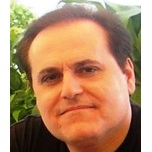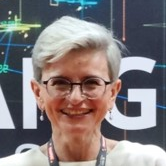Topic Menu
► Topic MenuTopic Editors


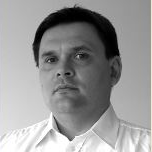

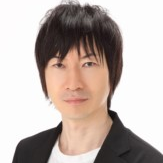
Towards Edge-Cloud Continuum
Topic Information
Dear Colleagues,
The Internet of Things (IoT) is beginning to bring about fundamental changes to all sectors of society and the economy. However, realization of the IoT vision requires data processing (stream, static, or both) to be in an “optimal location” within the edge–cloud continuum. Here, it is assumed that far-edge/nano-edge devices produce and actuate data; edge/fog applications consist of “heterogeneous intermediate devices”, where data can be processed, cloud/HPC facilities deliver “unlimited” processing capabilities, while all of them jointly (and supported by resources/services/data orchestration) constitute the edge–cloud continuum. In this context, future IoT deployments will have to manage processes as they materialize in multi-stakeholder, multi-cloud, federated, large-scale ecosystems.
Here, the key challenges within the field are related to the fact that it will be necessary to jointly leverage progress of multiple enabling technologies, e.g., 5G/6G networking, privacy and security, distributed computing, artificial intelligence, trust management, autonomous computing, distributed/smart applications, data management, etc. Moreover, intelligent (autonomous) orchestration of physical/virtual resources and tasks will have to be realized within the confines of the ecosystem (e.g., complete tasks in optimal location, close to where data is produced). To achieve this, among other components, frugal AI is needed to facilitate self-awareness and decision support across heterogeneous ecosystems. Finally, it is also absolutely necessary for resource management to consider the CO2 footprint of the ecosystem and efficiently deploy data and tasks in the case of multi-owner, heterogeneous sources of renewable energy.
In this context, this Topic entitled “Towards the Edge–Cloud Continuum” invites contributions addressing theoretical and practical aspects of the following topics (this list is, obviously, not exhaustive):
- IoT architectures for domain-agnostic user-aware, self-aware, (semi-)autonomous edge–cloud continuum platforms, including proposals for novel decentralized topologies, ad hoc resource federation, and time-triggered behaviors
- Foundations for the next generation of higher-level (meta) operating systems, facilitating efficient use of computing capacity across the edge–cloud continuum
- Resource-aware AI, including frugal AI, bringing intelligence to the edge–cloud continuum platforms (and ecosystems)
- Cognitive frameworks leveraging AI techniques to improve the optimization of infrastructure usage and services and resource orchestration
- Efficient streaming of big data processing within large-scale IoT ecosystems
- Interoperability solutions for multi-user edge–cloud continuum platforms, capable of coping with systematically increasing complexity of connecting vast numbers of heterogeneous devices
- Federated data spaces approach for improved data governance, sovereignty and sharing
- Privacy, security, trust and data governance in competitive scenarios
- CO2 footprint reduction and efficient use of green energy in edge–cloud continuum ecosystems
- Practical aspects of resource and services orchestration within highly heterogeneous, large-scale edge–cloud continuum ecosystems
- Intent-based networking and its application to IoT, which will then be applied to the continuum
- Swarm intelligence for IoT’s edge–cloud continuum
- Data autonomy and data governance
- Data sovereignty and data economy
Dr. Marcin Paprzycki
Prof. Dr. Albert Zomaya
Prof. Dr. Carlos Enrique Palau Salvador
Prof. Dr. David Bader
Dr. Marek Bolanowski
Dr. Maria Ganzha
Prof. Dr. Mohamed Essaaidi
Prof. Dr. Sébastien Roland Marie Joseph Rndineau
Dr. Sri Niwas Singh
Dr. Yutaka Watanobe
Topic Editors
Keywords
- edge computing
- cloud computing
- edge–cloud continuum
- continuum architecture
- practical aspects of continuum implementation
- intent-based networking
- federated data spaces
- data autonomy, governance, sovereignty and economy
- efficient realization of the edge–cloud continuum
- privacy, security and trust in edge–cloud continuum ecosystems
Participating Journals
| Journal Name | Impact Factor | CiteScore | Launched Year | First Decision (median) | APC |
|---|---|---|---|---|---|
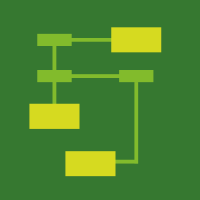
Algorithms
|
2.3 | 3.7 | 2008 | 15 Days | CHF 1600 |

Electronics
|
2.9 | 4.7 | 2012 | 15.6 Days | CHF 2400 |
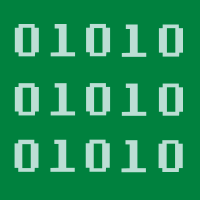
Information
|
3.1 | 5.8 | 2010 | 18 Days | CHF 1600 |
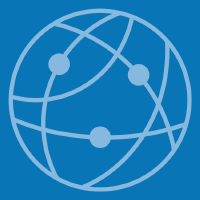
Network
|
- | - | 2021 | 18.2 Days | CHF 1000 |

Sensors
|
3.9 | 6.8 | 2001 | 17 Days | CHF 2600 |

MDPI Topics is cooperating with Preprints.org and has built a direct connection between MDPI journals and Preprints.org. Authors are encouraged to enjoy the benefits by posting a preprint at Preprints.org prior to publication:
- Immediately share your ideas ahead of publication and establish your research priority;
- Protect your idea from being stolen with this time-stamped preprint article;
- Enhance the exposure and impact of your research;
- Receive feedback from your peers in advance;
- Have it indexed in Web of Science (Preprint Citation Index), Google Scholar, Crossref, SHARE, PrePubMed, Scilit and Europe PMC.

